RESOURCES
ASEAN Law Association Trade & Investment Group Webinar, 2 June 2022
The Trade and Investment Group (TIG) of the ASEAN Law Association (ALA) held its first webinar on 2 June 2022, entitled “ASEAN FTAs – Issues and Developments”. The webinar, held as part of the TIG’s mandate to share information on trade and investment law matters with ALA members, was supported by the ASEAN Law Institute (AsLI) and the ALA Singapore Committee.
Three highly qualified speakers with strong ASEAN negotiating experience made presentations covering a range of matters from the general approach of ASEAN member States in FTA negotiations, dispute settlement provisions, and illustrative issues arising from negotiations of the ASEAN-Hong Kong, China Investment Agreement. A number of interesting questions were also raised by the active online audience.
The speakers and moderator were as follows:
Malaysia: Mr Amri Bukhairi Bakhtiar, Director & Negotiator with the Strategic Negotiations Division, Ministry of International Trade and Industry
Singapore: Mr Jason Tan, Senior State Counsel, International Affairs Division, Attorney-General’s Chambers
Thailand: Mr Varapol Chensavasdijai (Counsellor, International Law Development Division, Department of Treaties and Legal Affairs, Ministry of Foreign Affairs)
Moderator: Professor Locknie Hsu (Singapore Management University, Singapore and TIG Coordinator)
The speakers made their remarks in their personal capacities.
Mr Jason Tan kicked off the discussion with an overview of the ASEAN approach to negotiating FTAs, including the principles of ASEAN centrality, which is enshrined in the ASEAN Charter, and the ‘ASEAN minus X’ approach. The former involves ASEAN member States negotiating among each other before they do so with external parties. Arriving at a common ASEAN position can, however, be challenging, given the different positions of member States, depending on the issue. He shared that with ASEAN centrality, ASEAN can also be a neutral and balancing force that helps to depoliticize some of the politically sensitive issues. The ‘ASEAN minus X’ formula was useful in allowing negotiations to move forward, since not all ASEAN member States may be able to achieve the same level of commitment in terms of the obligations to be undertaken at the time of negotiation.
Mr Varapol Chensavasdijai explored the various modes of dispute settlement which may be found in an FTA, including Joint and Sectoral Committees, consultations, Dispute Settlement chapter panels (State to State) and investor-State mechanisms. He highlighted the fact dispute settlement mechanisms can help to prevent unilateral actions by parties (which may lead a spiral of retaliatory actions), mitigate imbalances between stronger and weaker countries, and ensure security and predictability in the FTA regime. He also shared some statistics on investor-State disputes, which showed that ASEAN member States had prevailed in most of the disputes. In response to a question by the moderator regarding preparedness of ASEAN lawyers for such disputes, he observed that cases are generally handled by a small group of law firms which represent States. Lastly, he also shared that the United Nations Commission on International Trade Law (UNCITRAL), which includes several ASEAN members, is considering the possibility of an advisory centre on investment disputes, observing that for WTO disputes, there is an Advisory Centre on WTO Law (ACWL).
Mr Amri Bukhairi Bakhtiar shared that the ASEAN-Hong Kong, China FTA and ASEAN-Hong Kong, China Investment Agreement were negotiated and signed in parallel. The ASEAN-Hong Kong, China Investment Agreement contains provisions such as most favoured nation (MFN) and national treatment commitments. He highlighted some interesting challenges in the negotiations, including matters arising under the Work Programme for negotiators, such as the definition of a ‘natural person’ (as some ASEAN member States do not have the concept of permanent residents) and applicability of expropriation provisions to tax measures.
The TIG is very grateful to the above speakers for sharing their valuable insights with the ALA community.

